Major depression, also referred to as clinical depression, is a prevalent and debilitating mental health disorder that significantly impacts an individual’s emotional, cognitive, and physical well-being. It is characterized by persistent and pervasive feelings of sadness, hopelessness, and a lack of interest or pleasure in activities that were once enjoyable.
This study guide provides a comprehensive overview of major depression, including its symptoms, causes, diagnosis, nursing management, and treatment options.
What is Major Depression?
Major depression is classified under mood disorders which are characterized by disturbances in the regulation of mood, behavior, and affect that go beyond the normal fluctuations that most people experience.
- Also called as unipolar major depression, major depression is a syndrome of a persistently sad mood lasting two (2) weeks or longer.
- It is accompanied by other problems like feelings of guilt, helplessness, or hopelessness, poor concentration, sleep disturbances, lethargy, appetite loss or weight gain, anhedonia, loss of mood reactivity, and thoughts of death.
- Suicide is the most serious complication of major depression. It occurs in nearly 15% of patients with untreated depression.
Statistics and Incidences
During 2009-2012, 7.6% of Americans aged 12 and over had depression.
- Depression was more prevalent among females than males and among adults aged 40-59 than those of other age groups.
- In 2015, an estimated 16.1 million adults aged 18 or older in the United States had at least one major depressive episode in the past year.
Pathophysiology
The underlying pathophysiology of major depressive disorder has not been clearly defined.
- Current evidence points to a complex interaction between neurotransmitter availability and receptor regulation and sensitivity underlying the affective symptoms.
- Clinical and preclinical trials suggest a disturbance in central nervous system serotonin (5-HT) activity as an important factor.
- Other neurotransmitters implicated include norepinephrine, dopamine, glutamate, and brain-derived neurotrophic factor.
- The role of CNS 5-HT activity in the pathophysiology of major depressive disorder is suggested by the therapeutic efficacy of selective serotonin reuptake inhibitors (SSRIs).
- An integrative model of late-onset depression posits that age-related brain changes and disease-related changes coupled with physiologic vulnerabilities and psychosocial adversity, lead to disruptions in the functional circuitry of emotion regulation.
Causes
Genetic, biochemical, physical, psychological, and social factors are linked to major depression.
- Genetic factor. Two-three times more common in people with first-degree relative with the disorder.
- Biological factors. Primary defect sites at prefrontal cortex and basal ganglia. It may also involve serotonin, neuroendocrine, and hypothalamic-pituitary-adrenal (HPA) regulation systems. May also be associated with abnormal cortisol levels.
- Psychosocial factors. There is an unclear relationship between psychological stress, stressful life events, and depression onset.
- Pharmacologic factors. Prescribed drugs for certain medical and psychiatric conditions can cause depression. Some of these medications include antihypertensives, psychotropics, antiparkinsonian drugs, oral antidiabetics, steroids, and chemotherapeutic agents.
Clinical Manifestations
Symptoms of a major depressive disorder according to DSM-IV-TR diagnostic criteria:
- Depressed mood. The affect of a depressed person is one of sadness, dejection, helplessness, and hopelessness.
- Anhedonism. There is decreased attention to and enjoyment of previously pleasurable activities.
- Weight changes. Unintentional weight change of 5% or more in a month.
- Change in sleep pattern. Sleep disturbances are common, either insomnia or hypersomnia.
- Agitation or psychomotor retardation. A general slowdown of motor activity commonly accompanies depression.
- Tiredness. Physically there is evidence of weakness and fatigue-very light energy to carry on with the activities of daily living (ADLs).
- Worthlessness or guilt inappropriate to the situation (probably delusional).
- Difficulty thinking, focusing, and making decisions.
- Hopelessness, helplessness, and/or suicidal ideations.
Assessment and Diagnostic Findings
A number of tests should be conducted to diagnose depression.
- Beck Depression Inventory is a psychological test used to determine symptom onset, severity, duration, and progression.
- Dexamethasone suppression test showing failure to suppress cortisol secretion in depressed patients (although the test has a high false-negative rate).
- Toxicology screening suggests drug-induced depression.
- Diagnosis is confirmed if DSM-V-TR criteria are met.
Medical Management
A wide range of effective treatments is available for major depressive disorder.
- Psychotherapy. There are a number of evidence-based psychotherapeutic treatments for adults with major depressive disorder such as behavioral therapy, cognitive therapy, cognitive behavioral analysis system of psychotherapy, interpersonal psychotherapy, problem-solving therapy, and self-management or self-control therapy.
- Electroconvulsive therapy. Electroconvulsive therapy is a highly effective treatment for depression.
- Simulation techniques. Transcranial magnetic stimulation (TMS) is approved by the FDA for use in adult patients who have failed to respond to at least 4 adequate medication and/or ECT treatment regimens.
Pharmacologic Management
Medications are the primary treatment for major depression. Ideally, medications should be combined with various therapies. Drugs generally work by modifying the activity of relevant neurotransmitter pathways.
- Antidepressants:
- Selective Serotonin Reuptake Inhibitors (SSRIs): These are commonly prescribed as first-line treatment. SSRIs increase serotonin levels in the brain, helping to alleviate depressive symptoms. Examples include fluoxetine, sertraline, and escitalopram.
- Serotonin-Norepinephrine Reuptake Inhibitors (SNRIs): These medications target both serotonin and norepinephrine. Examples include venlafaxine and duloxetine.
- Tricyclic Antidepressants (TCAs): Although less commonly used due to side effects, TCAs can be effective. They influence serotonin and norepinephrine levels. Examples include amitriptyline and nortriptyline.
- Monoamine Oxidase Inhibitors (MAOIs): MAOIs are used when other medications are ineffective. They affect multiple neurotransmitters. Dietary restrictions and potential interactions with other medications need to be considered.
- Atypical Antidepressants:
- Bupropion: This medication affects norepinephrine and dopamine levels and is sometimes used when sexual side effects are a concern with other antidepressants.
- Other Classes:
- N-Methyl-D-Aspartate (NMDA) Receptor Antagonist: Ketamine, a rapidly acting antidepressant, works through the NMDA receptor. It’s used in treatment-resistant depression under controlled settings.
- Combination Therapy:
- Sometimes, a combination of different classes of antidepressants or an antidepressant combined with a mood stabilizer may be used in severe or treatment-resistant cases.
Nursing Management
These are the nursing responsibilities for taking care of patients with major depression:
Nursing Assessment
- Subjective cues. Include verbalization of inability to cope or ask for help, sleep disturbance and fatigue, abuse of chemical agents, and reports of muscular or emotional tensions, and lack of appetite.
- Objective cues. Include lack of goal-directed behavior or resolution of problem; inadequate problem solving, decreased use of social support, inability to meet role expectations/basic needs, and destructive behavior toward self (e.g. overeating, smoking/drinking, overuse of prescribed/OTC medications, and illicit drug use)
Nursing Diagnosis
- Ineffective Coping related to situational or maturational crises
- Hopelessness related to long-term stress
- Fatigue related to stress and anxiety
Planning and Goals
Main article: 6 Major Depression Nursing Care Plans
- To determine degree of impairment
- To assess coping abilities and skills
- To assist client to deal with current situation
- To provide for meeting psychological needs
- To promote wellness
Nursing Interventions
- Provide for patients’ physical needs. Assist with self-care and personal hygiene. Encourage the patient to eat. Give warm milk or back rubs at bedtime to improve sleep.
- Plan activities for times when the patient’s energy level peaks.
- Assume active role in initiating communication. This can be done by sharing observation of patient’s behavior, speaking slowly and allowing ample time for him to respond, encouraging him to talk and write down feelings, and by providing a structured routine which may include noncompetitive activities.
- Avoid feigned cheerfulness, but don’t hesitate to laugh with him and point out the value of humor.
- Educate patient about depression. Explain that depression can be eased by expressing feelings and engaging in pleasurable activities. Emphasize that there are effective methods available for relief of symptoms.
- Help patient recognize distorted perceptions and link them to his depression.
- Ask patient whether he thinks about death or suicide. Signal an immediate need for consultation and assessment. Risk of suicide is higher with lifting of depressed mood.
- Stress the need for medication compliance. Review adverse effects with the patient.
Even with aggressive awareness campaigns all over the world, clinical depression remains to be one of the least understood health conditions by many. This deficient knowledge causes strains on communication and consequently leads to faulty relationships and failed interventions. If you know someone diagnosed with depression; you find yourself taken aback and deeply upset to be in a place where you find yourself not knowing what to say and what to do.
Truly, one of the hardest things for the logic to process is the one that involves emotions, and at times, it feels like being too careful not to step on a fault line or they will withdraw themselves again. We know that one person who we do not expect to be diagnosed with depression. We have friends who lost their loved ones to social isolation. We may even have that private moment of shock when we realize we are the one fighting it. Simply put, we do not entertain the reality of it until it happens to us or to someone we know.
A constant feeling of sadness for at least two straight weeks and loss of interest in the things one finds satisfying is what depression is. Other manifestations include weight loss or change of appetite, fatigue, feelings of guilt or worthlessness, diminished ability to think and concentrate, and the presence of suicidal thoughts. It is not a ‘life phase’ that someone grows out, like a bad haircut or an old perm.
Unlike far-advanced stages of cancer and multi-drug resistant infections, nurses have powerful weapons accessible in their hands at any time of the day: self-awareness and communication techniques. So here are five therapeutic communication techniques nurses should utilize to deliver effective nursing care in working with individuals having depression:
1. Trash “I think…” and “You should…”
Giving opinions and advice on what should individuals with depression do to manage their condition is very easy. For some, it might sound good because this is an active way of helping them by providing concrete solutions and “straightening” out their perceptions. Statements like “You should just have chosen to stay positive” and “I think being happy is a decision” may mean well but roughly translates to having a choice on how one should feel and by free will, the person chose to feel depressed.
The goal is to help them find their feet again and maintain stability on the ground. The nurse should help the client explore his ideas regarding possible solutions to his problems. Giving advice may make the patient think that his problems can be easily solved, and this just makes the client feel inadequate. Add to this the possibility that the client may not agree with what the nurse offers and develops resentment towards the nurse which can sever the relationship.
Instead, the nurse can ask the client to describe his feelings about the problem and consequently may offer facts and services that can help depending on what client stressed that can make him feel better. Again, it is important the client’s decision-making skill should be given importance.
2. Acknowledge their pain.
The first thing that the nurse sets for to gain the client’s trust and cooperation is an environment of understanding and acceptance. When the client shares feelings of anger, worry, and anxiety, it is important for the nurse to acknowledge the feelings and encourage the client to express them more. Being able to recognize that it must be embarrassing or difficult for the client to feel as he does prevent passing of judgments to the feeling itself. Judgments shame and invalidate individuals with depression such as when the nurse asks them why they let their lives be complicated by the petty things they preoccupy themselves with.
3. Remain neutral.
It is a challenge for nurses not to agree nor disagree with clients. If the nurse approves and agrees with what the client just shared, the nurse sets standards of what is acceptable based on the nurse’s values. This might also force the client to attune his feelings to what the nurse’s approved of even when he does not feel the same because the accepted values will be used to judge his behaviors. The client may be prevented from saying what he believes in especially if it does not conform to the nurse’s standards. Agreeing with the client also makes the future modification of opinions stated by client difficult.
On the other hand, disagreeing on clients’ actions and feelings is imposing the nurse’s own beliefs on clients. This intimidates and angers clients and can lead to problems with the established relationship.
4. Silence is therapeutic.
Not all shared feelings need reply. Some circumstances render silence more appropriate than the most carefully crafted set of words for a response. This slows down the conversation and provides client some time for contemplation and reflection for what he just shared. This may provoke anxiety on the nurse’s part, but this proves to be beneficial as this allow clients to collect their thoughts. They can refocus clients by helping them to the part where they left off or to ask them what they are thinking. This is also the perfect time to assess non-verbal gestures.
5. Let client decide on the topic of conversation.
One thing that should be remembered in communication is to let the client decide on the direction of the conversation. Nurses should stay away from launching on the very first thing that caught their attention, such as when the client looks like he hasn’t slept or when he dresses up for the first time. Allowing the client some broad opening shows that the nurse wants to focus on the client and is interested in what he thinks is important as of now. When the client starts sharing, this is the time when the nurse can explore the client’s thoughts.
In a poetry entitled “Explaining My Depression to My Mother” by Sabrina Benaim, she struggled to let her mother understand her depression. It was even more difficult for her because she does not understand herself as well. The first few lines went “Mom, my depression is a shape shifter. One day it is as small as a firefly in the palm of a bear. The next, it’s the bear.” Depression may seem incomprehensible at first but with education, communication skills, and self-awareness, the relationship between nurses and clients will be successful and efficient.
Evaluation
- Patient’s ability to assess current situation accurately.
- Patient’s ability to identify ineffective coping behaviors and consequences.
- Verbalization of awareness of own coping abilities and of feelings congruent with behavior.
- Meet physiological needs as evidenced by appropriate expression of feelings, identification of options, and use of resources.
Discharge and Home Care Guidelines
- Long-term needs and actions to be taken
- Support system available, specific referrals made, and who is responsible for actions to be taken.
Documentation Guidelines
- Record all observations and conversations with the patient because these are valuable in evaluating his response to treatment.
Pediatric Considerations
Major Depression is a syndrome of persistently sad or irritable mood accompanied by disturbance in sleep and appetite, lethargy, and inability to express pleasure. The depressed episode should last at least two weeks for it to be clinically significant. Depressed children and adolescents are typically sad and lose interest in activities that used to please them. They are also particularly at increased risk for substance abuse and suicidal behavior. Unlike from depression in adults, psychotic symptoms are rare in children. Instead, they are more likely to experience anxiety symptoms (e.g. reluctance to meet people) and physical symptoms (e.g. aches and pains).
Here are nursing care tips for children with major depression:
- Structure and maintain a safe environment.
- Monitor closely for dangerous or self-destructive behaviors.
- Develop an agreement or contract with child about seeking a staff whenever he feels desperate or suicidal.
- Teach child to talk things out rather than act things out.
- Help child talk about problems and stressors. Encourage child to express feelings openly.
- Provide physical outlets for energy and aggression release (e.g. sports, music, art, etc.)
- Help identify supportive people and help child learn ways to talk to these people about his feelings and needs.
References
- Diagnostic and Statistical Manual of Mental Disorders (DSM-V-TR)
- Nurse’s Pocket Guide: Diagnoses, Prioritized Interventions, and Rationales
- Straight A’s in Psychiatric & Mental Health Nursing: A Review Series
External Links & Further Reading
- Depression – National Institute of Mental Health – provides up to date information about Major Depression.
- Psychiatric Mental Health Nursing Success: A Q&A Review Applying Critical Thinking to Test Taking (Davis’s Success) – great if you’re reviewing for the NCLEX.

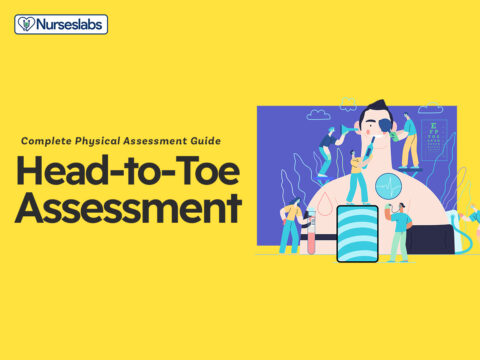
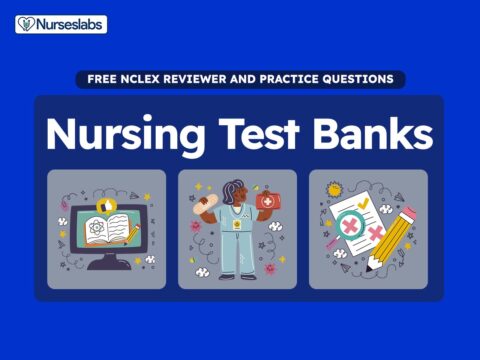
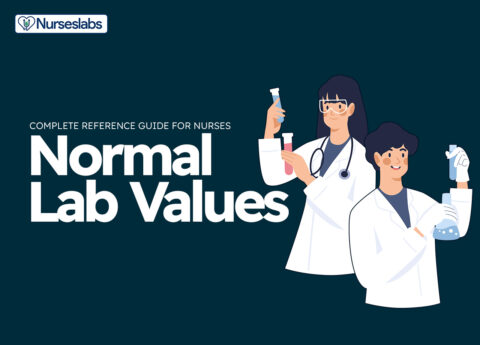
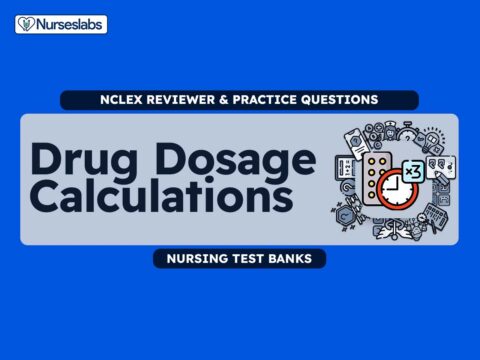

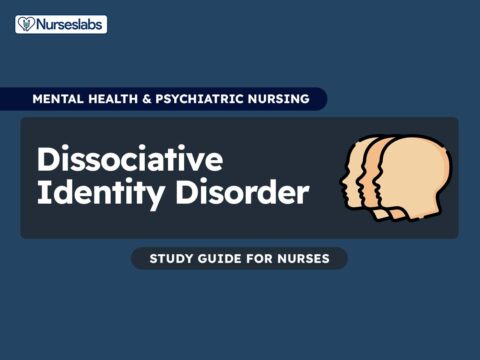
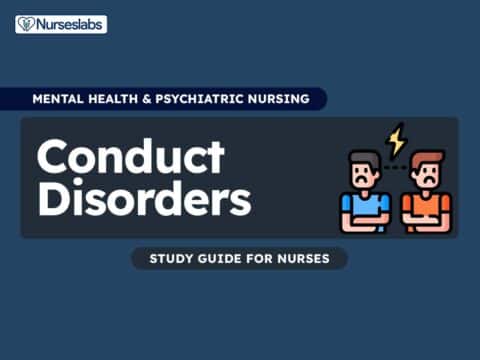

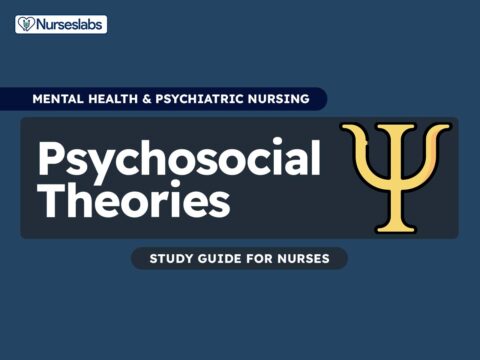


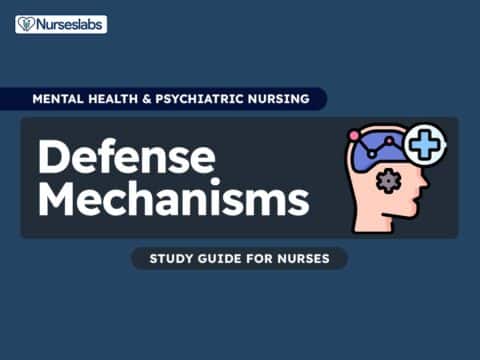
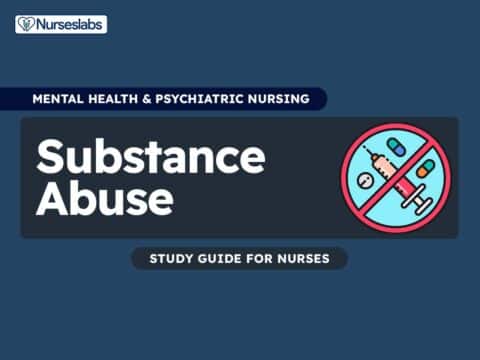
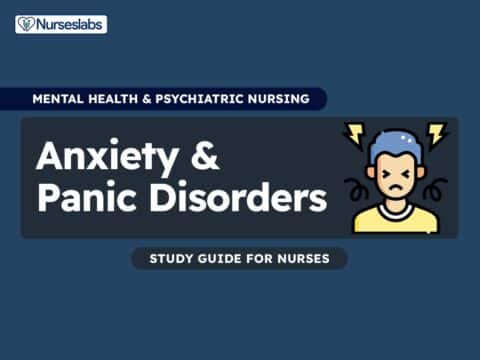


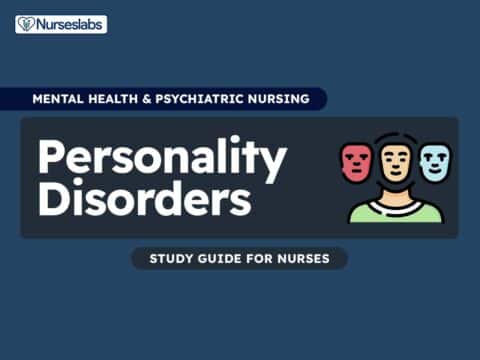

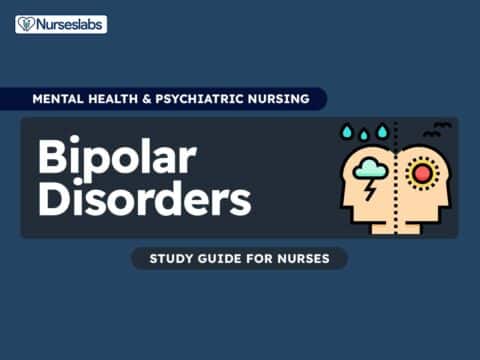
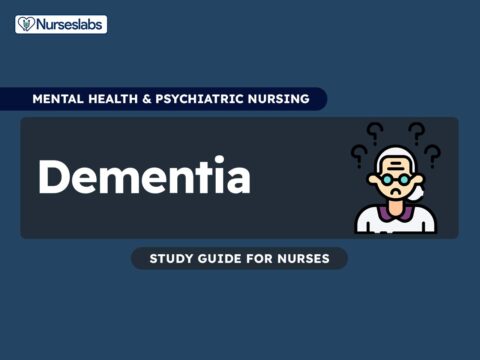



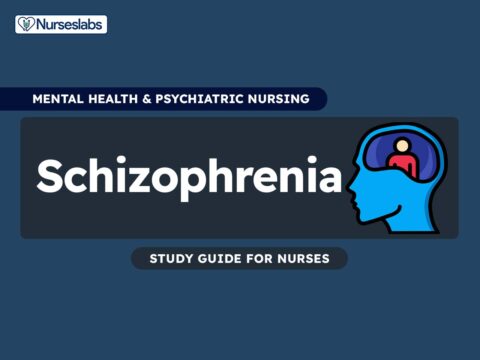
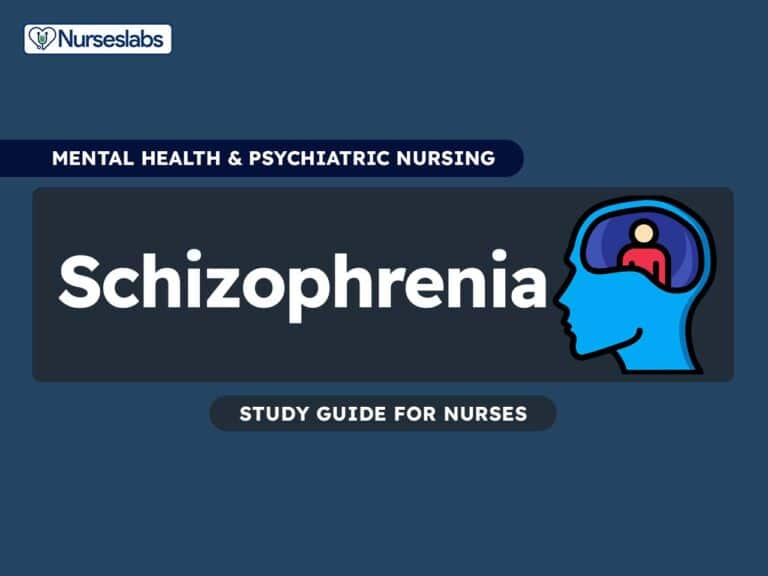
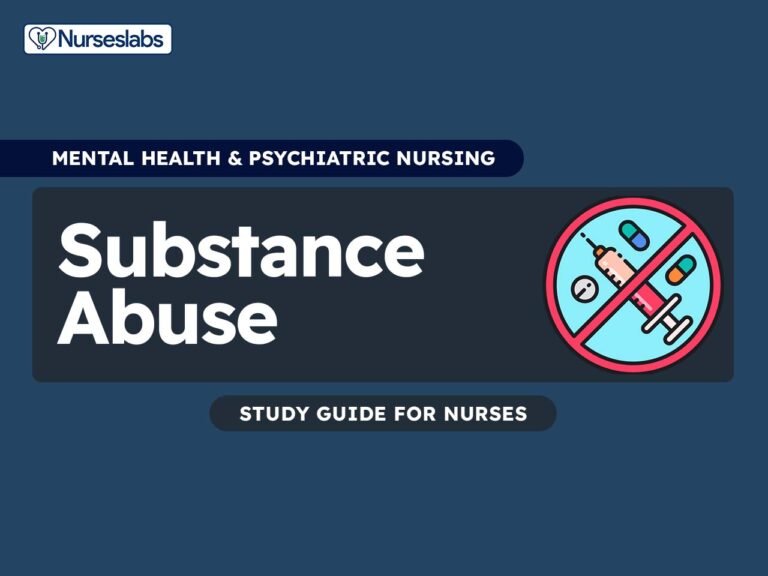
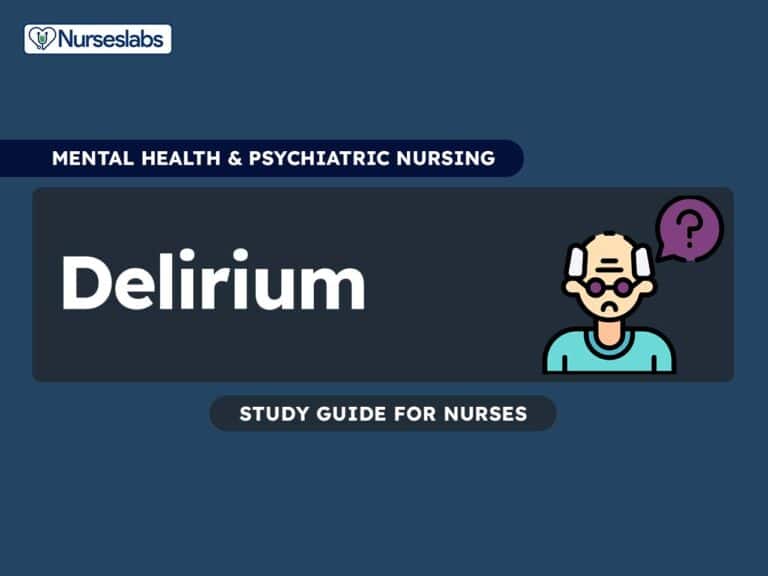
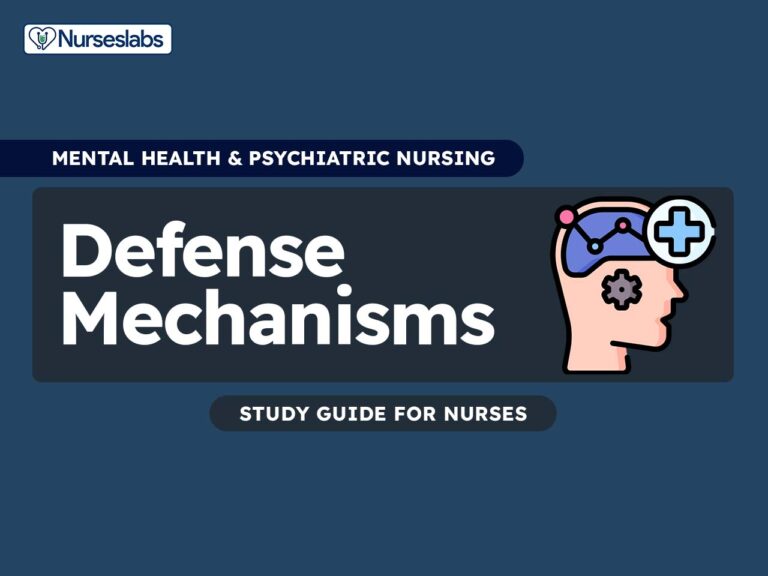

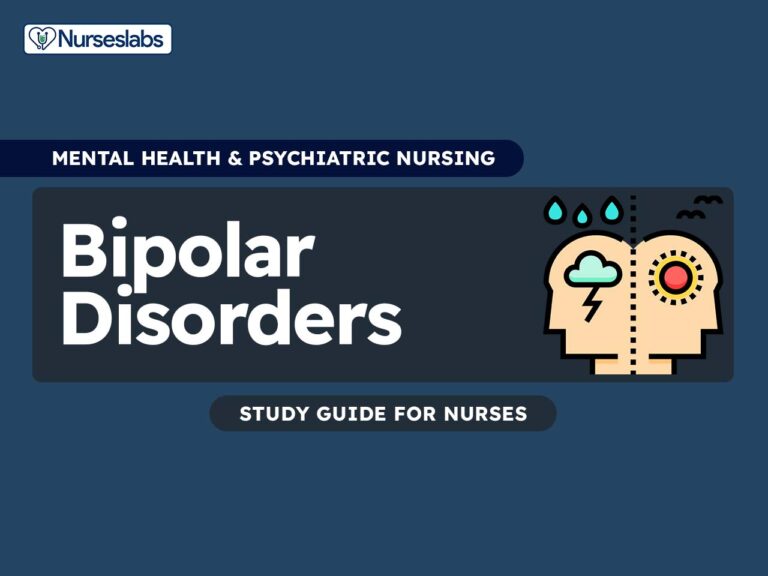

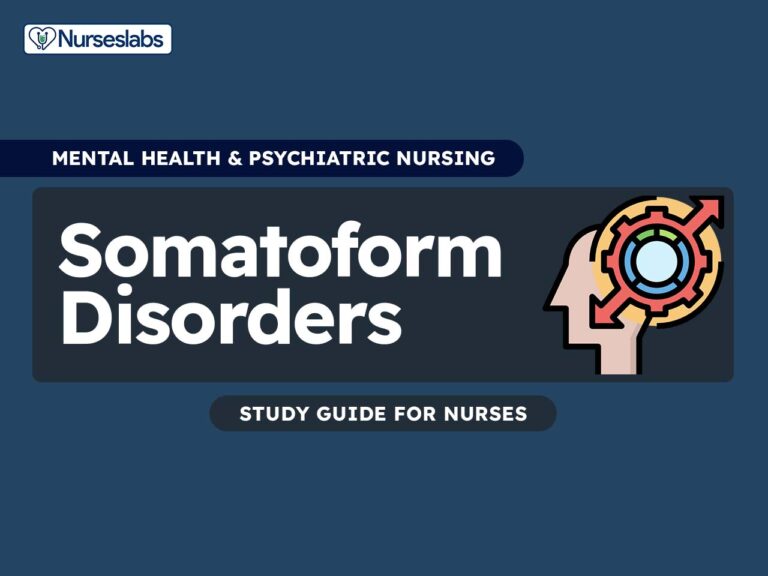
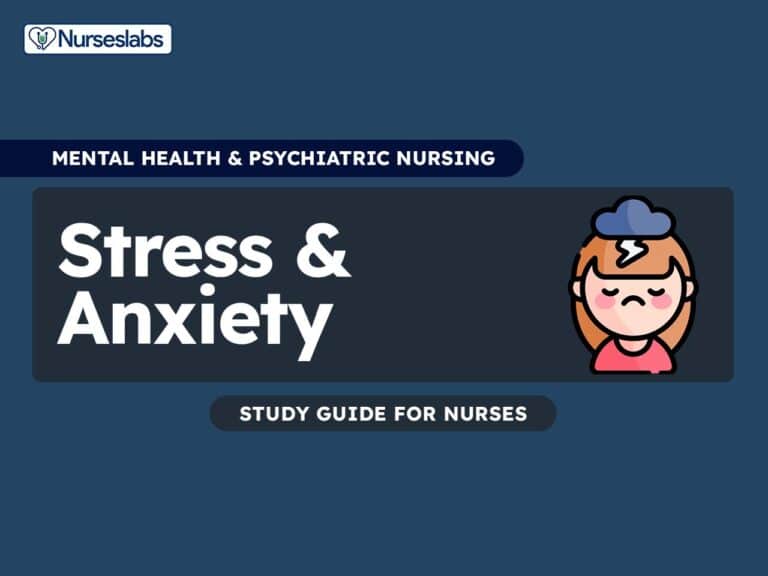
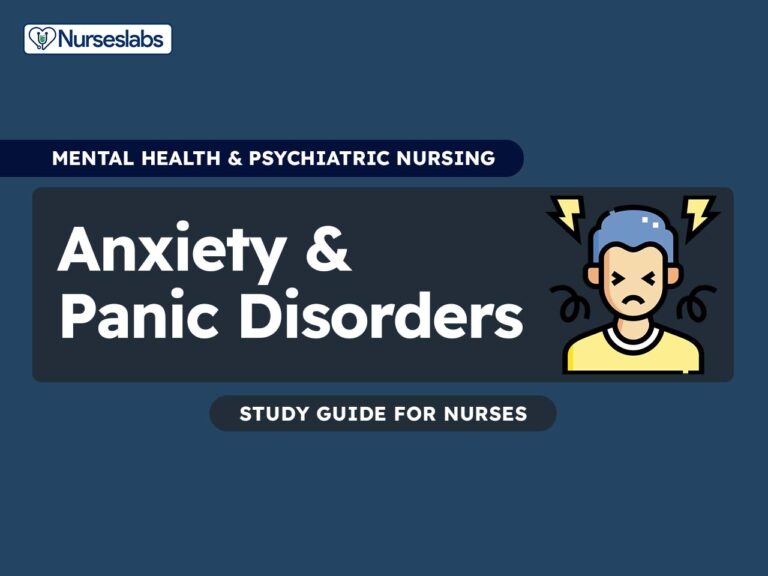

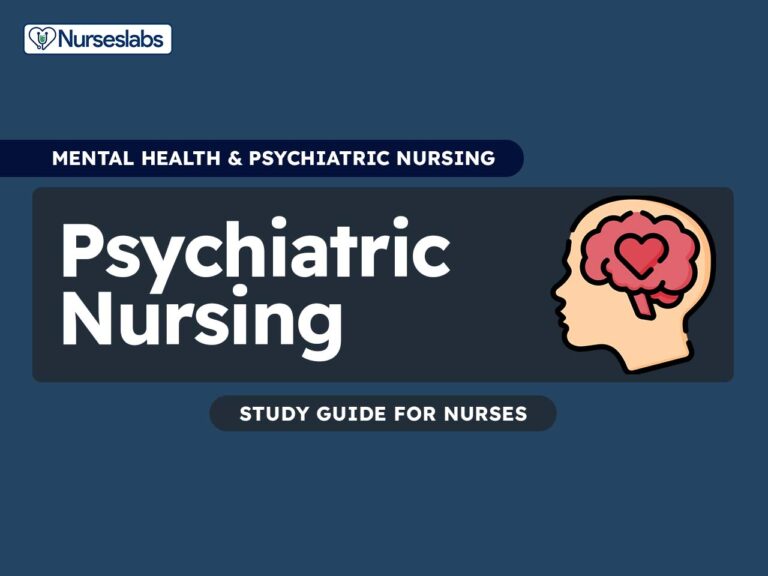
Leave a Comment